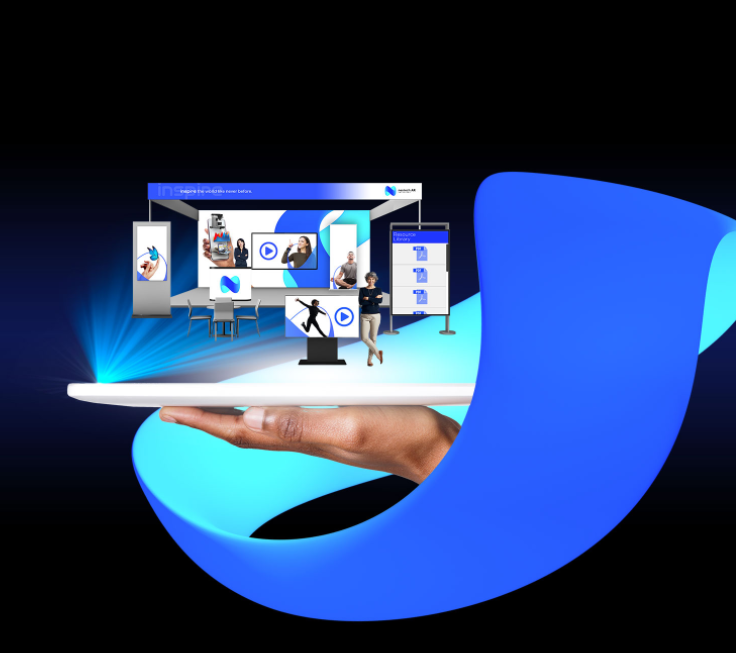Businesses who have started using 3D models have already begun to reap the rewards.
But how are they doing it? Why should you start using 3D models? And what can they do for your business?
Online retailers who have implemented 3D models have not only reduced their return rates. They’ve also enhanced their customer satisfaction.
Enhance Customer Experience
If you’re an online retailer you know that you never stop searching. You’re always looking for ways to improve customer experience and increase their satisfaction.
One way for you to stand out above the rest is by implementing 3D models. What do we mean? 3D models allow customers to interact with products and gives them a more realistic view.
This allows them to explore every angle and detail of the product before deciding whether they want to buy it or not.
But that’s not all. With the use of Augmented Reality customers also can see your 3D product models in their own environment.
This gives your customers a better idea of what the product will look like in their space before they buy it. Reducing the return rate while increasing customer satisfaction.
Reduce Return Rates
Dealing with high return rates is one of the major challenges retailers face. But why is that such a problem?
Products are usually returned because of discrepancies between the online representations and the items received. It doesn’t have to be that way though.
3D models provide customers with accurate representation of products. It allows them to see the product from different angles and understand its dimensions. Thus, reducing the return rates.
Boosting Sales
3D models can do more than just enhance customer experience and reduce returns. They can also boost your sales and help build up customer loyalty.
Interactive displays help online retailers create an engaging and immersive shopping experience. It will keep customers on your page for longer and increase the possibility of sales.
3D models bring the virtual world to life. They allow customers to interact with products as they would if they were in a store. This makes you stand out in a world where the number of products is endless.
3D Models Across Industries
3D models aren’t industry specific either. There are many industries that can benefit by using these models to enhance their online sales performance.
The fashion, furniture, automotive, electronics and home improvement industries are just some of the industries that can benefit from using 3D models.
By implementing 3D models across different industries, online retailers can cater to a wider customer base and provide a more personalized shopping experience.
Measuring Success
As with many other things, online retailers can measure the effectiveness of implementing 3D models by analyzing the return on investment.
By tracking metrics such as return rates, customer satisfaction scores, and sales performance, retailers can assess the impact of 3D models on their business.
Customer feedback and reviews can also offer valuable insights into the benefits and drawbacks of implementing 3D models. And retailers can use this feedback to improve their use of 3D models.







